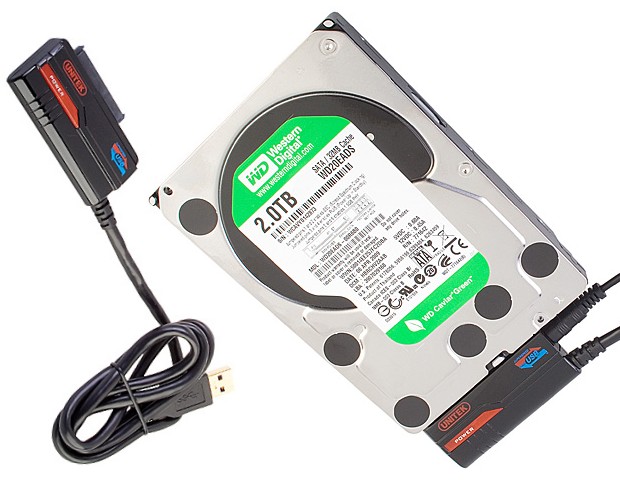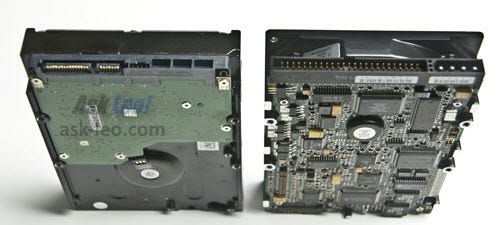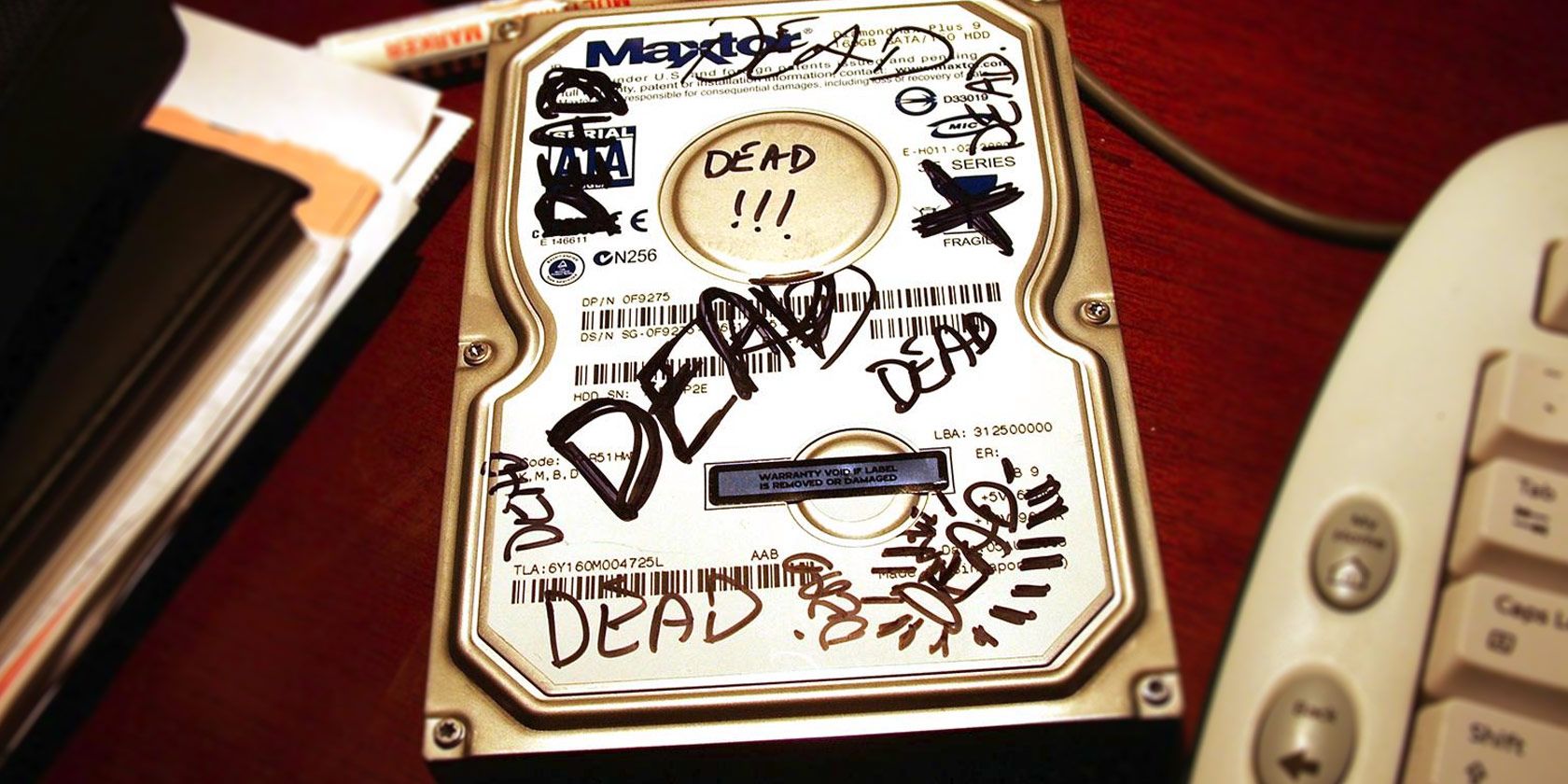
- Dead computer hard drive recovery how to#
- Dead computer hard drive recovery free#
- Dead computer hard drive recovery mac#
If your iPhone gets run over by a car, assuming you've had it charging and connected to decent WiFi somewhat recently, those images are safe. But they're also linked to the Photos app, which is linked to your Apple ID and regularly copied to Apple servers. For example, your iPhone's photos are on the device, yes. And most of those apps are, by default, linked to a Cloud backup. Phones tend to keep files like photos or PDFs mostly contained within one app.

Smartphones manage data differently from computers. The process is as intuitive as any modern app, though the results are never guaranteed. They'll also show you recently deleted files, and tell you how recoverable they are. These apps scan the affected drives (or USB sticks, whatever) and let you search for whatever you're missing by file type, name, etc. Sounds like extortion, but the idea is we'd be even more mad if we paid for the service, then it told us it couldn't work.ĮaseUS and Recuva both come recommended, and we've tested and can vouch for Prosoft Data Rescue and Ontrack (see below).
Dead computer hard drive recovery free#
Most recovery apps start as a free trial, then will charge you if a scan indicates it can likely recover your files. (Or, if you're impatient, and the computer still works, you can just work from that device, though we don't recommend it.) Don't touch it until you're ready with recovery software. Still don't see it? Remove the drive from the computer as instructed above, and attach it to a working computer.
Dead computer hard drive recovery how to#
How to Reset Your Computer (the Safe Way) (This also applies to Cloud storage services like Google Drive and Dropbox, which make it difficult to truly delete a file.) For both Macs and PCs, you can open any folder and go into the Search field on the upper right. We've done this before.Ĭheck the Recycle Bin/Trash, and do a system-wide search. If the computer with these files is working, but you've deleted something you need again, start by making sure that document or photo isn't lurking somewhere. If it works, this will solve lots of issues, including a wonky drive. Pick the topmost drive on the left and select First Aid or Repair. From MacOS Utilities, select Disk Utility. To do this, restart the computer and hold down CMD+R until you see the Apple logo or a spinning globe. Once you've done that, you're free to wipe or repair the disk, hopefully getting that original laptop working again.
Dead computer hard drive recovery mac#
If this works, use the working Mac to make copies of the files you need most (photos, documents, etc.). Or, if the Mac is already turned on, go to Apple (on the upper left-hand corner of the screen) > System Preferences > Startup Disk > Target Disk Mode. On the broken Mac, turn it on, and press and hold the T key while it starts up. This can be useful if, for example, you need to get files off a computer with a screen or keyboard that doesn't work.Ĭonnect the two computers with a USB-C, Thunderbolt 2, or Firewire cable. You connect a nonworking Mac to a working Mac and treat that nonworking Mac like a big USB drive. It's a bit simpler on a Mac, using an intimidating-sounding tool called target disk mode. But this will at least determine if the drive is the part that failed. Yes, this is a big ask, especially for anyone who hasn't ripped apart a computer before.

If you can see that drive's files on the working computer, pull out anything essential and make copies. Once you've removed the drive, plug it into a working computer.

Lots of PCs make this easy, but for any device, the process will be easier with a tool kit and universal drive adapter. To make sure it's the hard drive and not one of the many other things that can go wrong when starting up a computer, if possible, remove the hard drive and plug it into another computer. This works differently depending on whether you have a magnetic spinning disk drive or a solid-state drive (SSD), which you'll find on most modern computers. Your computer mostly erases the information that points your computer to that chunk of data, which will remain until it gets written over. The good news? When you delete a file on a drive, all that data doesn't immediately go away. Any actions, even installing a recovery app, risks overwriting the files you need. The first step: Remove the hard drive from the device if possible, or otherwise stop using it.


 0 kommentar(er)
0 kommentar(er)
